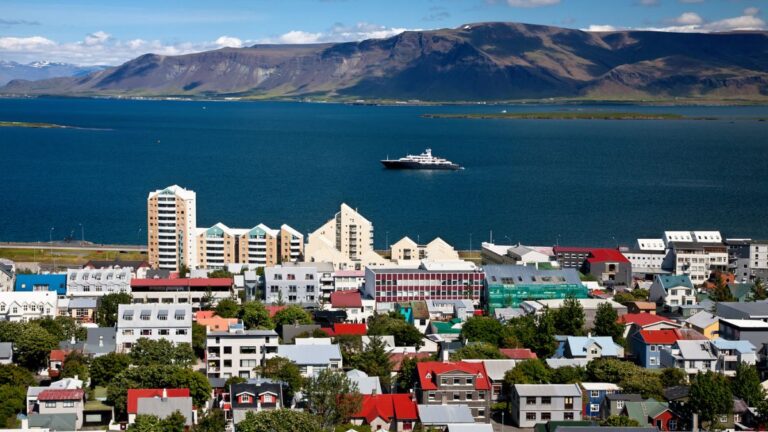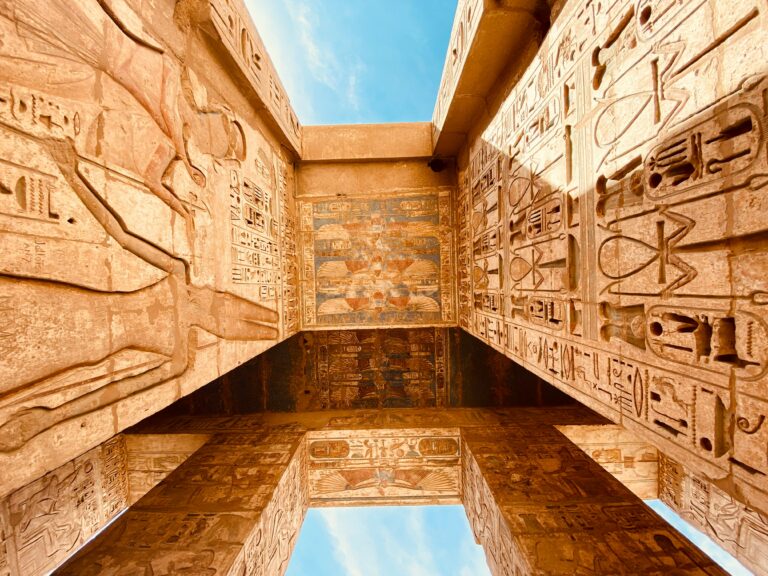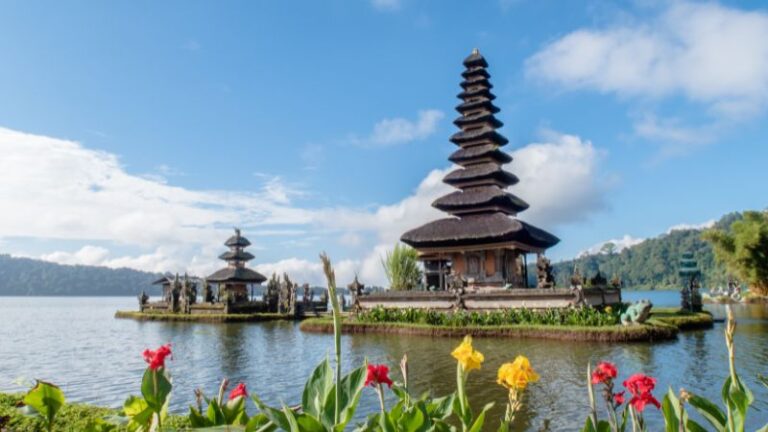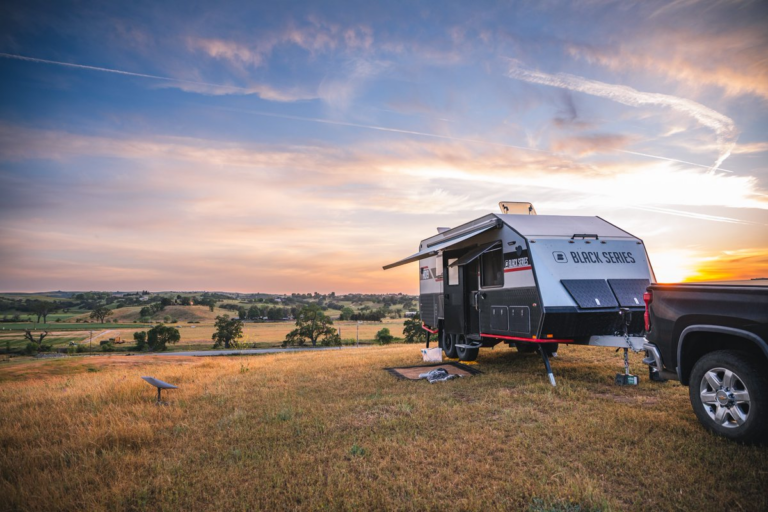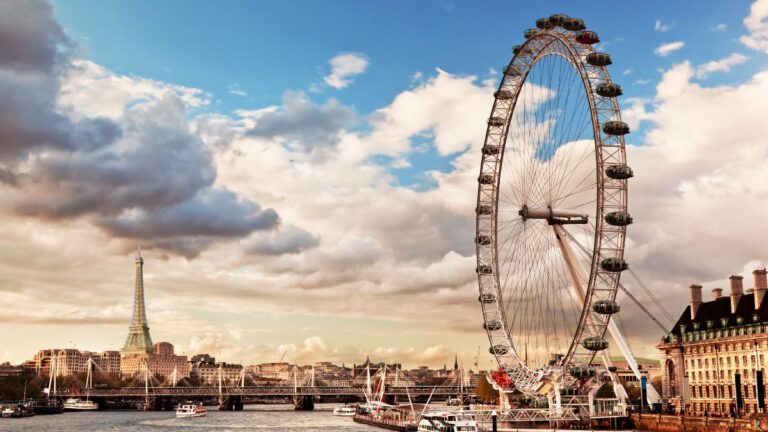Can You Bring A Water Bottle On A Plane? Here’s What The Rules Say
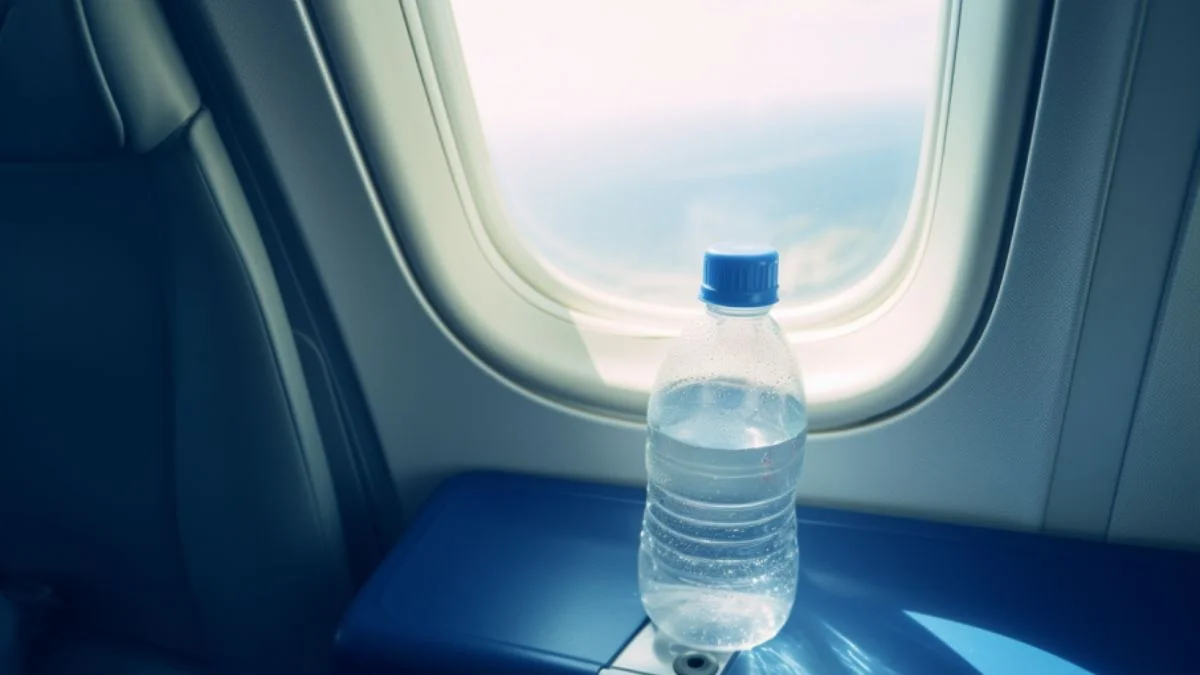
As participants in Amazon Associates and other programs, we earn from qualifying purchases. This comes at no additional cost to you. For more details, see our Affiliate Disclosure.
In the constantly evolving landscape of air travel, understanding the rules and regulations is crucial to ensure a smooth journey. Among the many queries travelers often grapple with, almost all of us wonder, can you bring a water bottle on a plane?
In this article, we delve deep into this topic, untangling the intricacies of airline policies, airport security rules, and strategies for staying hydrated during your flight. We provide a comprehensive guide that clarifies what you can and can’t bring aboard regarding hydration.
Understanding the 3-1-1 Liquids Rule: A TSA Primer
The 3-1-1 rule is a fundamental component of the Transportation Security Administration’s (TSA) policy on carrying liquids, gels, and aerosols in carry-on luggage for flights originating from U.S. airports. This rule is the baseline for what is permissible for transporting liquids on an airplane.
The ‘3-1-1’ stands for 3.4 ounces (100 milliliters), 1 quart-sized bag, and 1 bag per passenger. Specifically:
- 3: You can bring a liquid in your carry-on bag as long as each container holds no more than 3.4 ounces (100 milliliters). This restriction applies to all liquids, gels, and aerosols, including water.
- 1: All liquid containers must fit into a single, clear, quart-sized resealable bag. This includes travel-sized toiletries and other liquids.
- 1: Each passenger is allowed one such quart-sized bag in their carry-on luggage.
When it comes to water bottles, you can bring a water bottle in your carry-on as long as it meets these requirements. The rule limits the number of liquids brought on board to enhance security.
It is also worth mentioning that the 3-1-1 rule applies strictly to your carry-on luggage, not your checked bags. You can pack larger quantities of liquids in your checked luggage as long as they are securely packed to prevent leaks.
In practice, this often means that passengers will bring an empty water bottle through the security checkpoint and then fill it up at a water fountain or purchase a drink after passing through security.
Carrying Empty Water Bottles through Security: What You Need to Know
While the 3-1-1 rule prohibits passengers from carrying full-sized water bottles through airport security, a viable workaround can keep you hydrated and minimize plastic waste. The TSA allows passengers to carry empty water bottles through the security checkpoint.
Once you have passed through security, you can fill your bottle at one of the water fountains or bottle refill stations typically found throughout the airport terminal. In addition to being more environmentally friendly than buying bottled water, this approach is often a cheaper alternative, especially given the often inflated prices of items at airport shops.
There are a few things you need to keep in mind when bringing an empty water bottle through security:
- Completely Empty: Ensure your water bottle is empty when you go through security. Any amount of liquid can result in additional screening or even confiscation of the bottle.
- Easily Inspectable: It’s a good idea to bring a clear or translucent bottle so that the TSA officers can easily see that it’s empty. Opaque bottles might attract extra scrutiny.
- Consider the Size and Material: Although there’s no official limit on the size of an empty water bottle you can bring, bear in mind that it must fit comfortably within your carry-on luggage. Moreover, while plastic, glass, and metal bottles are generally allowed, you should check any specific restrictions with your airline or the TSA in advance.
- Hygiene and Taste: Remember that while water refill stations in airports are generally well-maintained, the taste of the water can vary. Some passengers prefer to bring a bottle with a built-in filter for improved taste and quality assurance.
Remember, regulations can vary from country to country and even from one airport to another. If traveling internationally, it’s always a good idea to check the specific rules for each airport you’ll use.
Buying Liquids Post-Security: An Option to Consider
After successfully navigating through the security checkpoint, travelers can purchase beverages, including water, from the shops and vendors in the secure airport terminal area. This is an option worth considering for those who either forgot to bring an empty water bottle or prefer to purchase a pre-packaged drink for their journey.
One major advantage of purchasing beverages post-security is that they are not subject to the 3-1-1 rule. This means you can buy larger containers and carry them onto the plane, not just limited to the 3.4 ounces (100 milliliters) restriction. From bottled water and soft drinks to specialty coffee or smoothies, a wide range of hydrating options are available to quench your thirst.
However, it’s essential to keep a few considerations in mind:
- Cost: Beverages at airports are often significantly pricier than what you’d pay outside. The convenience and necessity of airport shopping often come with a premium price tag.
- Environmental Impact: Single-use plastic bottles contribute to environmental waste. If you’re conscious about reducing your carbon footprint, consider bringing a reusable water bottle and filling it post-security.
- Flight Duration: For long-haul flights, the beverages you purchase might not be sufficient for the entire journey. While airlines provide in-flight hydration, having an additional personal source can be a good idea.
- Securely Sealed: Ensure that any beverages you purchase are securely sealed. Spills can cause inconvenience and may also draw the attention of the cabin crew.
While these liquids are permissible on the flight that departs from the airport where you made the purchase, you may need to go through security again if you have a connecting flight. In that case, the 3-1-1 rule will again apply. Always double-check the requirements at your transit airport.
In-flight Hydration: What Do Airlines Provide?
Airlines understand the importance of keeping passengers hydrated during their flights, especially on longer journeys. Therefore, a range of beverages, including water, is typically provided on most flights. However, the specifics of what is offered vary widely depending on the airline and the class of service.
- Economy Class: In Economy Class, airlines typically offer complimentary water and other non-alcoholic beverages on medium to long-haul flights. Some airlines might also provide complimentary beverages on shorter flights, while budget airlines may charge for drinks. Usually, flight attendants will make several beverage service rounds during the flight, especially on longer journeys. If you need water outside these service times, you can request it from the cabin crew.
- Business and First Class: In Business and First Class, the offerings are usually more extensive. Passengers can expect a variety of high-quality beverages, including premium water brands, often served in glass bottles. There’s also a greater choice of soft drinks, juices, and alcoholic beverages.
- Overnight and Long-haul flights: On overnight or long-haul flights, regardless of the class of service, airlines usually provide bottled water to passengers to ensure they stay hydrated throughout the journey.
Remember that while airlines do their best to cater to passenger needs, having your water source is always a good idea, especially if you drink a lot of water, have specific preferences, or have an unexpected delay in the beverage service.
It’s also worth noting that you may get dehydrated more quickly than usual due to the dry environment in the airplane cabin. Therefore, it’s recommended to drink water regularly during your flight. Avoid excessive consumption of dehydrating beverages like coffee and alcohol.
The type of container used to serve in-flight beverages can vary from disposable cups to reusable glassware, largely depending on the airline’s sustainability initiatives and class of service. Some airlines also allow passengers to use their water bottles, though you should check the airline’s specific policy before you fly.
Reusable Water Bottles and Their Environmental Impact on Air Travel
Using reusable water bottles in air travel is a small yet significant step toward reducing the environmental impact of our travel habits. Every year, millions of single-use plastic bottles are discarded at airports and on airplanes, contributing to the growing plastic pollution problem. Travelers can play a part in mitigating this issue by choosing to carry a reusable water bottle.
- Reduction in Plastic Waste: Bringing a reusable water bottle can significantly reduce the number of single-use plastic bottles in landfills or oceans. If many travelers adopt this practice, it can considerably decrease plastic waste produced by air travel.
- Lower Carbon Footprint: The production and transportation of single-use plastic bottles contribute to CO2 emissions. By reusing the same bottle, we can lower our carbon footprints.
- Cost Efficiency: In the long run, carrying a reusable water bottle can also be cost-effective. Rather than purchasing overpriced bottled water at airports, travelers can refill their bottles for free at water fountains or refill stations.
- Promoting Sustainable Practices: Carrying a reusable bottle benefits the environment directly and inspires others to adopt more sustainable practices. As more and more travelers carry reusable water bottles, it sends a strong message to airports and airlines about passenger preferences, which could prompt them to implement more eco-friendly policies.
However, it’s important to note that while carrying a reusable water bottle is an environmentally-friendly practice, it’s just one aspect of sustainable travel. Other factors like the carbon emissions of flights, energy consumption at hotels, and waste generated from travel products also play significant roles.
Finally, while reusable water bottles are generally a good option, they need to be properly cleaned and maintained to prevent the growth of bacteria. So, ensure you’re washing your water bottle regularly and thoroughly.
Exceptional Cases: Medicinal and Infant Needs
While the 3-1-1 rule applies to most situations involving liquids on a plane, there are exceptions for certain specific needs, such as medicines and infant care. Understanding these exceptions is essential for those traveling with medical requirements or young children.
- Medicinal Needs: If you have medication that you need to take during your flight, the TSA allows for exceptions to the 3-1-1 rule. This includes liquid medications, contact-light saline solution, and other medically necessary liquids. These should be declared to security officers at the checkpoint for inspection. Documentation or a doctor’s note regarding these medications can help but is not required. However, keeping medications in original, labeled containers is always best to avoid potential issues.
- Infant Needs: The TSA also provides exceptions for baby nourishment. Parents or guardians traveling with infants or toddlers can carry breast milk, formula, and juice in reasonable quantities exceeding the standard 3.4 ounces. Additionally, canned, jarred, or processed baby food in carry-on baggage is permitted. As with medications, these items should be declared for inspection at the security checkpoint.
It’s important to note that these exceptions are primarily for flights within or departing from the U.S. For international flights or flights within other countries, the rules can vary. Always check with the airline and the airport authority in the country you’re departing if you’re unsure about specific regulations.
Keeping these exceptions in mind will ensure that you can adequately meet the hydration or dietary needs of yourself and your young ones throughout your journey. It’s always better to be prepared and informed before you travel to avoid any last-minute inconveniences at the security checkpoint.
Hydration Tips for Long Flights: How to Stay Refreshed in the Air
Staying adequately hydrated during long-haul flights is essential for maintaining good health and comfort while flying. The low humidity level in airplane cabins can cause dehydration, leading to symptoms like dry skin, fatigue, and headaches. Here are some tips on how to stay refreshed and well-hydrated during your flight:
1. Carry an Empty Water Bottle: As we have discussed earlier, bringing an empty water bottle through security and filling it up before your flight can ensure that you have water readily available whenever you need it.
2. Drink Regularly: Don’t wait until you’re feeling thirsty to drink water. Thirst is a late indicator of dehydration. Aim to sip water regularly throughout the flight.
3. Avoid Dehydrating Drinks: Alcoholic beverages and caffeinated drinks like coffee and cola can increase dehydration. While it’s fine to enjoy these in moderation, make sure you’re also consuming plenty of water.
4. Opt for Hydrating Snacks: Foods with high water content can also help keep you hydrated. Consider packing snacks like cucumbers, bell peppers, strawberries, or grapes for a hydration boost.
5. Use Hydrating Skincare Products: In addition to drinking water, hydrating skin care products can help combat dry cabin air. Consider using a moisturizer, lip balm, and hydrating face mist.
6. Rest Well: A well-rested body copes better with changes in climate and air pressure. Try to get a good night’s sleep before your flight.
7. Limit Salt Intake: Foods high in salt can increase dehydration. Try to limit your intake of salty snacks during your flight.
Remember, every individual’s hydration needs are different, and these needs can change based on factors like age, gender, and physical health. Listen to your body, and adjust your hydration practices as necessary. It’s always a good idea to consult a healthcare professional if you have specific concerns about hydration, especially if you have underlying health conditions.
International Travel: Do Rules Differ Globally?
While the TSA’s 3-1-1 rule for carrying liquids, aerosols, and gels in carry-on luggage is recognized in many countries, it’s important to remember that security regulations can and do vary globally. Some countries or regions may have slightly different restrictions or enforcement practices.
For example, in the European Union, the limit for individual containers in carry-on luggage is also 100 milliliters (similar to the 3.4 ounces specified by the TSA), and all containers must fit into a transparent, resealable 1-liter plastic bag. This is very similar to the TSA’s requirements, but the details may differ slightly.
Additionally, the approach to certain exemptions, such as those for medications and infant care, might vary from country to country. Some countries may require additional documentation or impose other specific requirements.
When it comes to carrying empty water bottles through security and filling them post-security, most airports worldwide facilitate this. However, there could be exceptions, and the availability of water refill stations can vary greatly depending on the airport.
Furthermore, in-flight hydration policies and the provision of water or other beverages by airlines can differ substantially based on the airline, the duration and destination of the flight, and the class of service.
Hence, if you’re traveling internationally, it’s wise to familiarize yourself with the rules and regulations specific to the countries you’ll be departing from or transiting through. This information can typically be found on the official websites of the relevant airport or aviation security authorities.
Remember, being aware of these rules ahead of time can help you avoid any potential hassles during your journey and ensure a smooth and comfortable flight experience.
Tips for Packing Liquids in Checked Luggage
While restrictions are stringent for carrying liquids in your carry-on luggage, the rules are more relaxed when it comes to checked luggage. However, it’s still important to pack liquids correctly in your checked luggage to prevent spills and damage to your belongings. Here are some tips for packing liquids in your checked bags:
1. Use Plastic Bags: Even in checked luggage, it’s a good idea to store liquids in plastic bags. This provides an extra layer of protection in case a bottle leaks or breaks during transit. Using clear bags can also help security personnel identify the contents more easily if they need to inspect your luggage.
2. Choose Travel-Sized Containers: If you only need a small amount of a product, consider using travel-sized containers. They’re less likely to break, and if they do leak, they won’t spill as much.
3. Secure the Lids: Ensure that the lids or caps on your liquid containers are tightly secured. You can also consider taping them shut for extra security.
4. Pack in the Middle: When packing your suitcase, put your bag of liquids in the middle of your suitcase, surrounded by clothes. This offers extra padding and protection.
5. Consider the Pressure Changes: Remember that pressure changes during the flight can cause some containers to leak or even burst. Squeeze bottles, in particular, can be prone to this. Leave some space in containers to allow for this.
6. Use Solid Alternatives Where Possible: Consider using solid alternatives to liquids, such as solid shampoo or soap bars, to reduce the risk of spills.
7. Check Regulations for Alcohol and Other Special Liquids: If you’re traveling with alcohol or other special liquids, make sure to check any specific regulations. There are often rules about the alcohol content and quantity that can be included in checked luggage.
By following these tips, you can help to ensure that your liquids arrive at your destination safely without causing a mess in your suitcase. Always remember to check the specific guidelines set by your airline and the countries you’re traveling to and from, as rules can vary.

